Zexmenia, Hairy Wedelia, Acapulco Wedelia, Texas Creeping Oxeye, Devil's River, Wedelia Texana
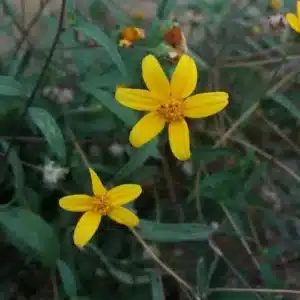
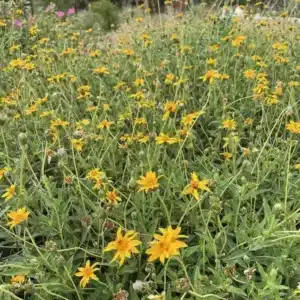
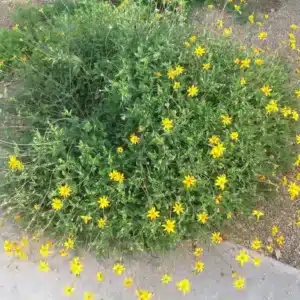
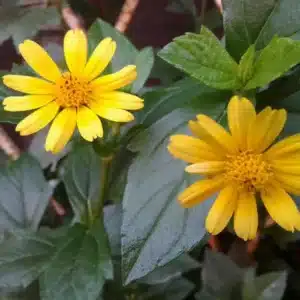
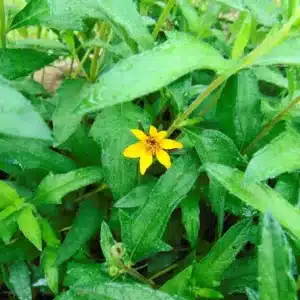
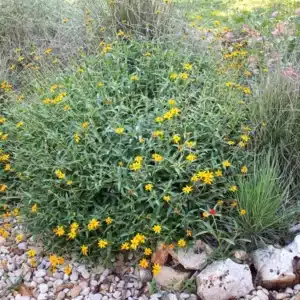
‘Zexmenia’ thrives with plentiful sunlight, and although tolerant of a bit of afternoon shade, blooms most abundantly with a minimum of six hours of direct sunlight daily. This plant requires excellent soil drainage and flourishes in poor, dry, rocky soil, although it will do fine in amended soil. Sharp drainage is essential. ‘Zexmenia’ is easily-propagated from seeds, which can be collected from the plant, or by clump division. This plant will gradually spread wider in diameter as it matures.
‘Zexmenia’ requires almost no maintenance when provided with plenty of sunlight, occasional water, and excellent soil drainage. The soil should remain on the dry side, and little to no supplemental water is required, once the plant is established. In fact, this plant will have fewer blooms if provided with excessive moisture. The addition of mulch is helpful to keep the surrounding area free of weeds.
‘Zexmenia’ does not require fertilizer. If desired, an all purpose, granular, slow-release 10-10-10 fertilizer may be applied in spring to encourage lush foliage and abundant flowering. It is important to carefully read and follow the directions on the product label before using any fertilizer.
‘Zexmenia’ can be pruned in early spring for an attractive shape, and can be re-shaped in July by cutting the plant back by one-half. This will encourage bushier growth and a renewed flush of blooms. Spent flowers can be removed at any time.
‘Zexmenia’ is not affected by any serious pests or diseases. Fungal disease can develop if the soil does not drain well.











